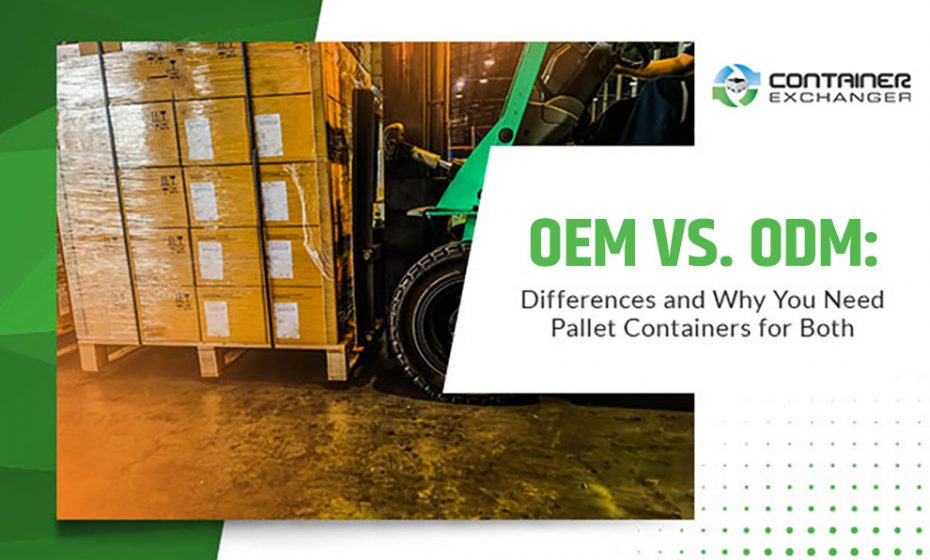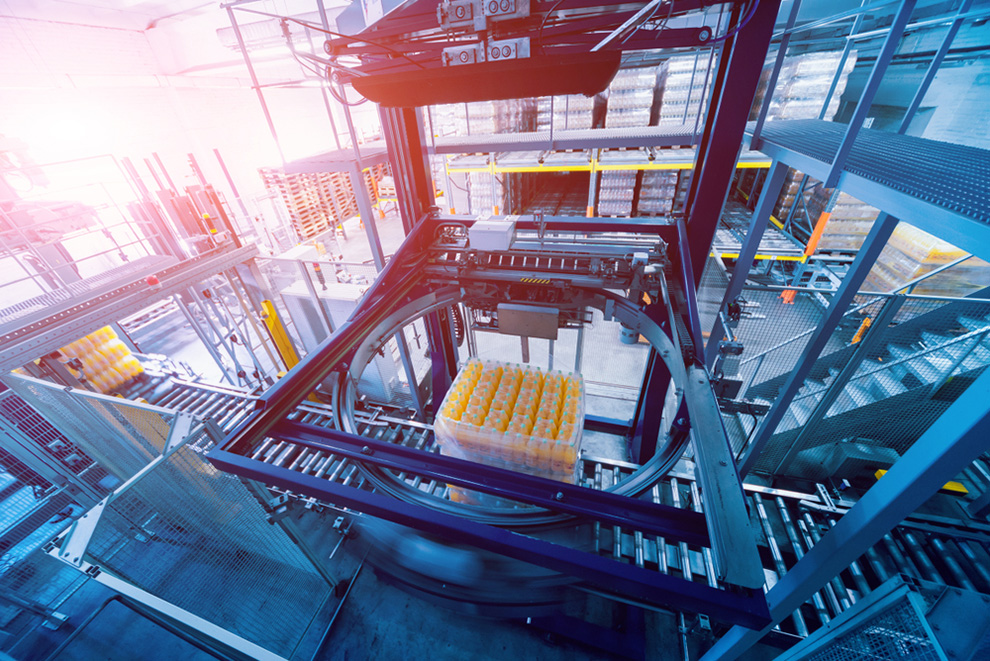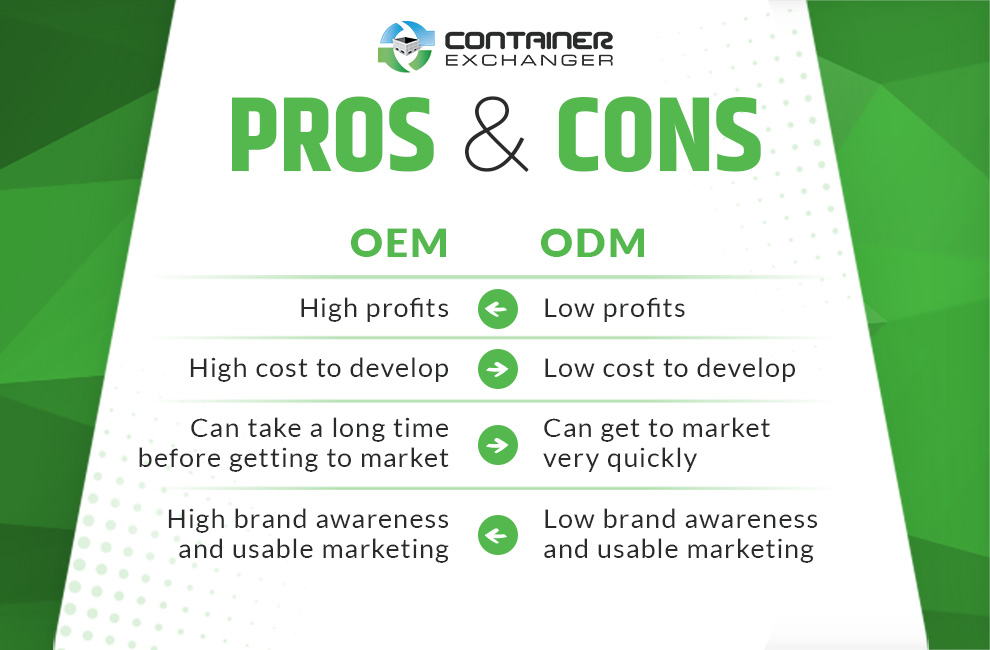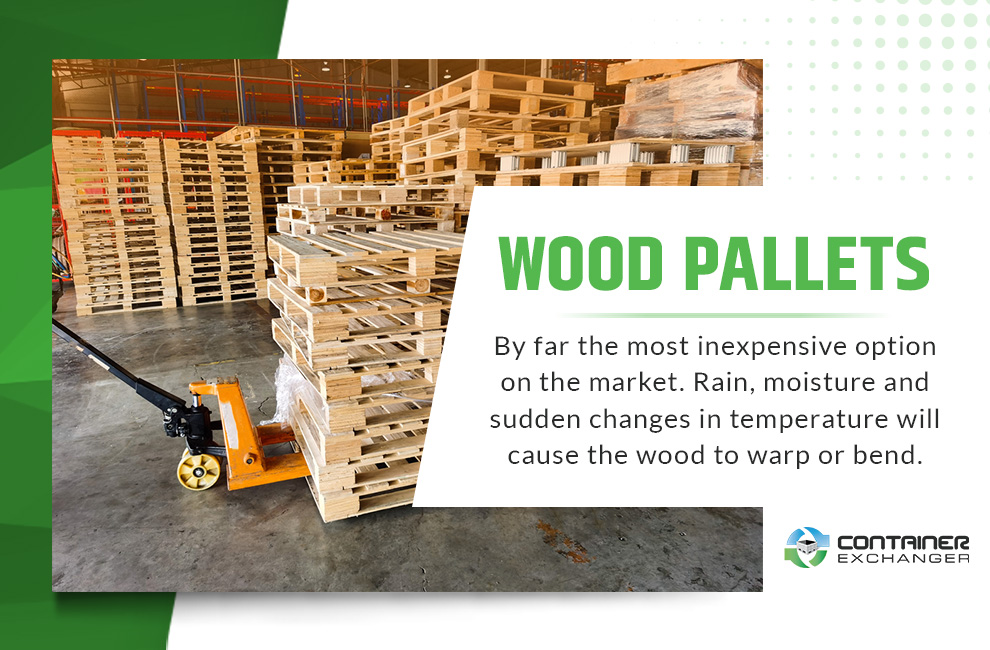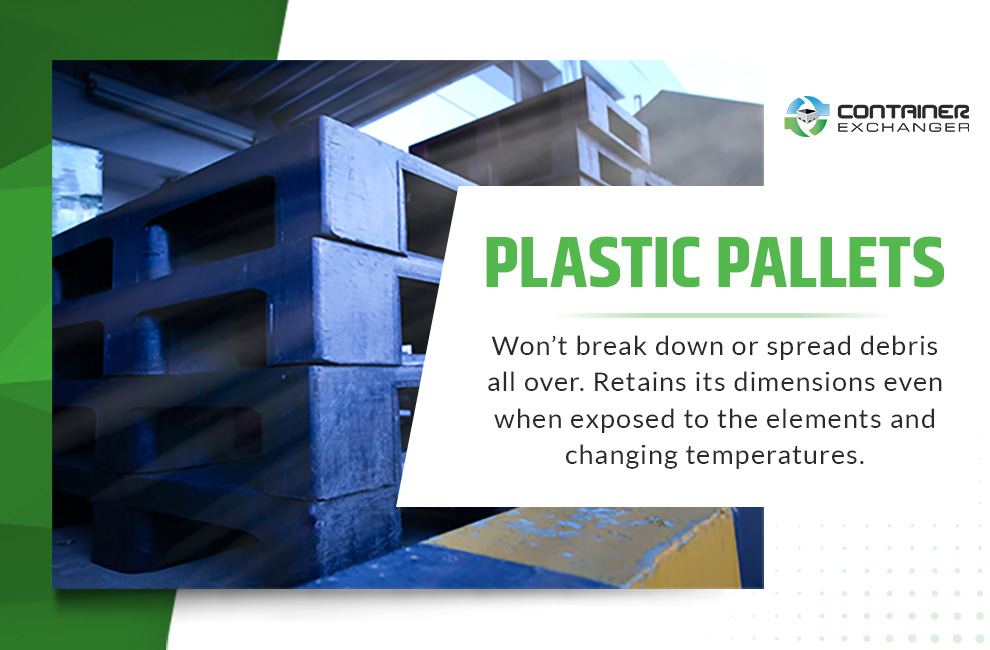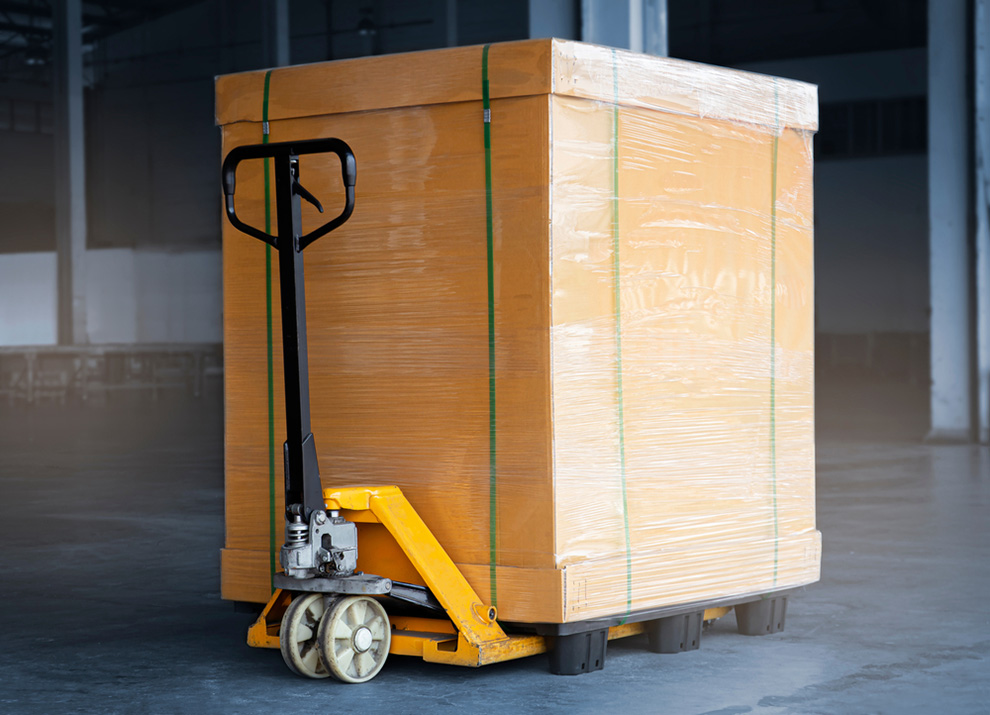There are so many acronyms in the warehousing industry that it’s easy to get confused. OEM, or original equipment manufacturing, isn’t the same as ODM, original design manufacturing. Both offer unique approaches to manufacturing, helping you create unforgettable products without spending more than you need to. Let’s review the differences between OEM vs. ODM, the pros and cons of each method and why it’s best to use a pallet container for both.
OEM vs. ODM
OEM, original equipment manufacturing, is when the company retains and owns the rights to a specific product. They will then contract with third-party manufacturers to produce the design and distribute this product to customers in a given market. The product is usually known for its unique design, features and benefits, making it difficult to reproduce. The manufacturer simply follows the instructions to a tee to make sure the product is up to the parent company’s standards.
ODM, original design manufacturing, is when a company produces a generic version of a product. The company then licenses out the design to other manufacturers, who then put their spin on the product before selling it to the public. This gives manufacturers the chance to capitalize on another company’s success without creating an original product from scratch. The ODM may change the color of the product, add a label or make small changes to the design to differentiate it from the competition.
The Pros and Cons of OEM
Both approaches have their pros and cons.
When it comes to OEM, companies must invest thousands, if not millions, into perfecting their designs before moving on to the manufacturing process. The company will need to create an exciting product that can withstand the test of time and put its competitors to shame. The product may be the company’s new flagship offering, helping newcomers make a name for themselves in already crowded industries.
Once the product has been designed, it’s relatively easy to hand it off to a third-party manufacturer that can produce it en masse. The manufacturer takes care of the busy work while the OEM focuses on brand awareness, marketing and creating buzz in their respective industry.
However, this partnership can be fragile. The third-party manufacturer may have a limited understanding of the product, increasing demand for technical assistance and support.
The OEM also must protect its original equipment design as intellectual property. Copycats will likely emerge in the coming years, assuming the product is popular with consumers. The OEM will have to fend off the competition by either elevating its product or taking its competitors to court.
The Pros and Cons of ODM
As for ODM, companies looking to capitalize off the original design can do so without a lot of overhead. The product has already been designed, so all the manufacturer has to do is put their stamp on it before sending it out for delivery. This can include superficial changes, such as putting on a new cover, adding a fresh coat of paint or adding an attachment.
The company can start manufacturing its own version of the original design relatively quickly without reinventing the wheel. All it needs to do is partner with the ODM supplier to make sure it has enough inventory. The manufacturer can then start branding these products as they see fit.
On the downside, profits tend to be lower in the ODM industry. The products themselves tend to be mass produced with few identifying features. ODM tends to apply to consumer products, such as electronics, houseware, clothing and other inexpensive items. Companies often struggle to differentiate their products from the competition, considering anyone can put their own spin on the original design.
ODM companies may have to produce several versions of the same product to hedge their bets and increase variety. This often adds to the complexity of the storage and manufacturing process. Demand can be difficult to predict as new varieties and competitors come onto the scene.
The global EMS and ODM markets were valued at $525.99 billion in 2018 and are expected to reach $734.40 billion by year 2026, with a CAGR of 4.26 percent.
Order a Pallet Container for Your OEM or ODM
Why Pallets Are Important for OEM and ODM
Pallets play a crucial role in both types of settings. They come in a range of different styles and sizes to help ODM and OEM manufacturers get their products out the door safely and efficiently. All pallets come with slots on the bottom that can be used with a lift truck. An employee can quickly lift the entire load without endangering themselves or their colleagues. The pallet is also designed to balance the weight, so the load stays upright and intact every step of the journey.
When it comes to ODM, pallets are perfect for companies sending and receiving parts and supplies that will be used in the manufacturing process. They are also used to ship large quantities of completed ODM products, such as individually packaged consumer goods, electronics and relatively inexpensive items.
For OEM, pallets are essentially used when moving and shipping merchandise. These products tend to be more valuable and crafted with care, so getting them out the door in one piece becomes all the more important. Reliability is key when it comes to the OEM industry. Every product bears the company’s signature and brand. If anything happens to the container along the way, it could ruin the manufacturer’s reputation, forcing their customers to search for a better alternative.
Different Types of Pallets and How to Use Them
ODM and OEM manufacturers have plenty of options to choose from when it comes to selecting a pallet. It’s important to remember not all pallets are created equal. Some may cost more than others, but it’s usually for a good reason.
Wood Pallets
Pallets made from wood tend to be the most ubiquitous in the manufacturing industry. They are often left sitting outside or stacked along the way inside the loading dock, usually because these pallets are seen as somewhat disposable. They are by far the most inexpensive option on the market. Wood is relatively easy to produce, but it can cause problems along the way.
For starters, manufacturers will need to have their packages and shipping equipment inspected at customs when shipping internationally or overseas. All wood packages must be inspected for wood-borne pests and bacteria that can lead to the spread of disease and invasive species. This can cause delays during the importing/exporting process, especially if the manufacturer is sending out dozens, if not hundreds, of packages at the same time.
Wood pallets are usually treated with chemicals to prevent the spread of pests and bacteria, but this can lead to problems as well, especially if the company produces food, beverages and other products meant for consumption. The fumes from the chemicals can also aggravate some employees in confined settings.
Chemicals and pests aside, wood tends to fall apart easily. Rain, moisture and sudden changes in temperature will cause the wood to warp or bend, changing the dimensions of the pallet. This makes it difficult to work with the pallet. It may also be unstable if it doesn’t lie flat against the ground. Wood chips and debris can be a danger to employees, increasing the risks of slips and falls. They can also reduce air quality and increase the spread of dust and airborne pathogens.
Plastic Pallets
Next on the list would be plastic pallets. They are more expensive than those made of wood, but they make up for it in spades. Plastic tends to be the preferred choice in ODM and OEM industries. They are perfect for storing and shipping plastic products, large quantities of goods and plastic shipping containers.
For starters, plastic is far more durable than wood. It won’t break down or spread debris all over the warehouse floor, which makes for a safer work environment. Plastic retains its dimensions even when exposed to the elements and changing temperatures, so the containers will always fit into place.
Plastic also doesn’t have to be inspected when going through customs, so companies don’t have to worry about the infestations and treating their products with chemicals.
Metal Pallets
Last on the list would be metal pallets, which are known for their rigidity and reliability. Metal is the most solid of the materials on this list, which makes it perfect for storing and transporting large, bulky pieces of equipment, raw materials and expensive items that need to be handled with the utmost care.
Metal pallets come with many of the same benefits as plastic pallets, but they are even less likely to fall apart or change their dimensions. They are often associated with the automotive, industrial engineering and construction industries. Companies use them to store and ship equipment, materials and containers made of metal so the finished product doesn’t scrape against the underlying pallet.
Utilize Collapsible Plastic Box Pallets to Free Up Space in Your Warehouse
Choosing the Right Pallet for OEM
Finding the right pallet all starts with choosing a pallet container.
Regardless of what’s inside the container or where it’s heading, companies should match their pallets to their containers. If a company is shipping their goods in wooden crates, it makes sense to use wood pallets. The same goes for metal containers and collapsible plastic box containers and pallets.
For OEM, manufacturers should use either plastic or metal pallets to make sure their original equipment arrives intact and on time. The company is probably known for its reliability and commitment to excellence, and that should apply to its packages and pallets as well as its products.
OEM manufacturers have a reputation they need to uphold. They usually focus on making just a few original products and items so every order needs to be thought-out in advance. These companies usually have customers all over the world, which makes plastic and metal pallets the obvious choice.
If the company produces overly large items or those with irregular dimensions, such as a car door or metal frame, the pallet should fit the exact dimensions of the product. The company may want to order a custom pallet or consider breaking the product down into smaller parts to make transportation easier.
Choosing the Right Pallet for ODM
The ODM industry tends to face different hurdles and challenges. Many of these companies ship their products in bulk, including individual parts and supplies. They usually make dozens of different items, with orders coming in and out throughout the day.
To save money and simplify their operations, these manufacturers should consider using bulk plastic containers with plastic pallets to reduce their shipping costs. It may be tempting to use wooden pallets and cardboard boxes in the ODM industry, but this will quickly eat away at the company’s profits. All those boxes and pallets will need to be replaced every couple of days or weeks. Employees will also have to spend their time breaking down and recycling boxes.
Plastic containers and pallets keep things moving by reducing waste and debris. The contents of the package may not be as valuable as those in the OEM industry, but companies can save money over time by investing in high-quality shipping materials.
Companies should also consider how their products are made before choosing a pallet and container, including discrete vs. process manufacturing and how this will affect transportation and shipping.
ODM and OEM companies may not have a lot in common, but they should both consider using plastic and/or metal pallets to protect their products in and out of the warehouse. These pallets have the stability and durability to last the test of time. Manufacturers can rest assured their products will arrive at their destination safe and sound.
Image Sources
Oleg Romanko/Shutterstock.com
Weerayuth Kanchanacharoen/Shutterstock.com
ExpressVectors/Shutterstock.com
sarawut muensang/Shutterstock.com
Roman Zaiets/Shutterstock.com
Fahroni/Shutterstock.com
Siwakorn1933/Shutterstock.com
